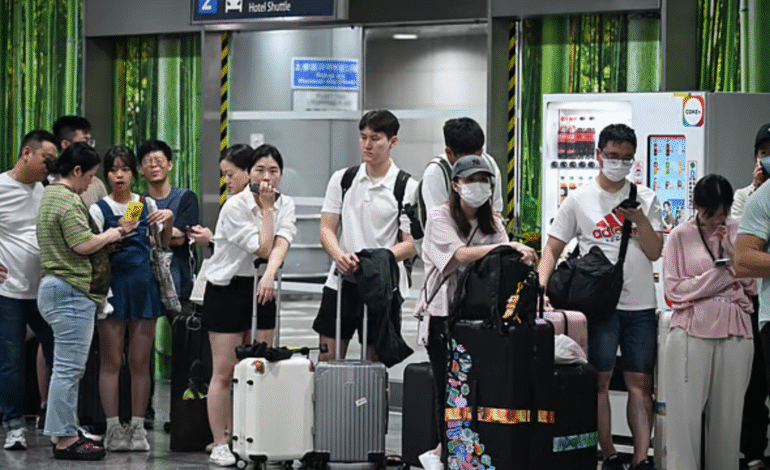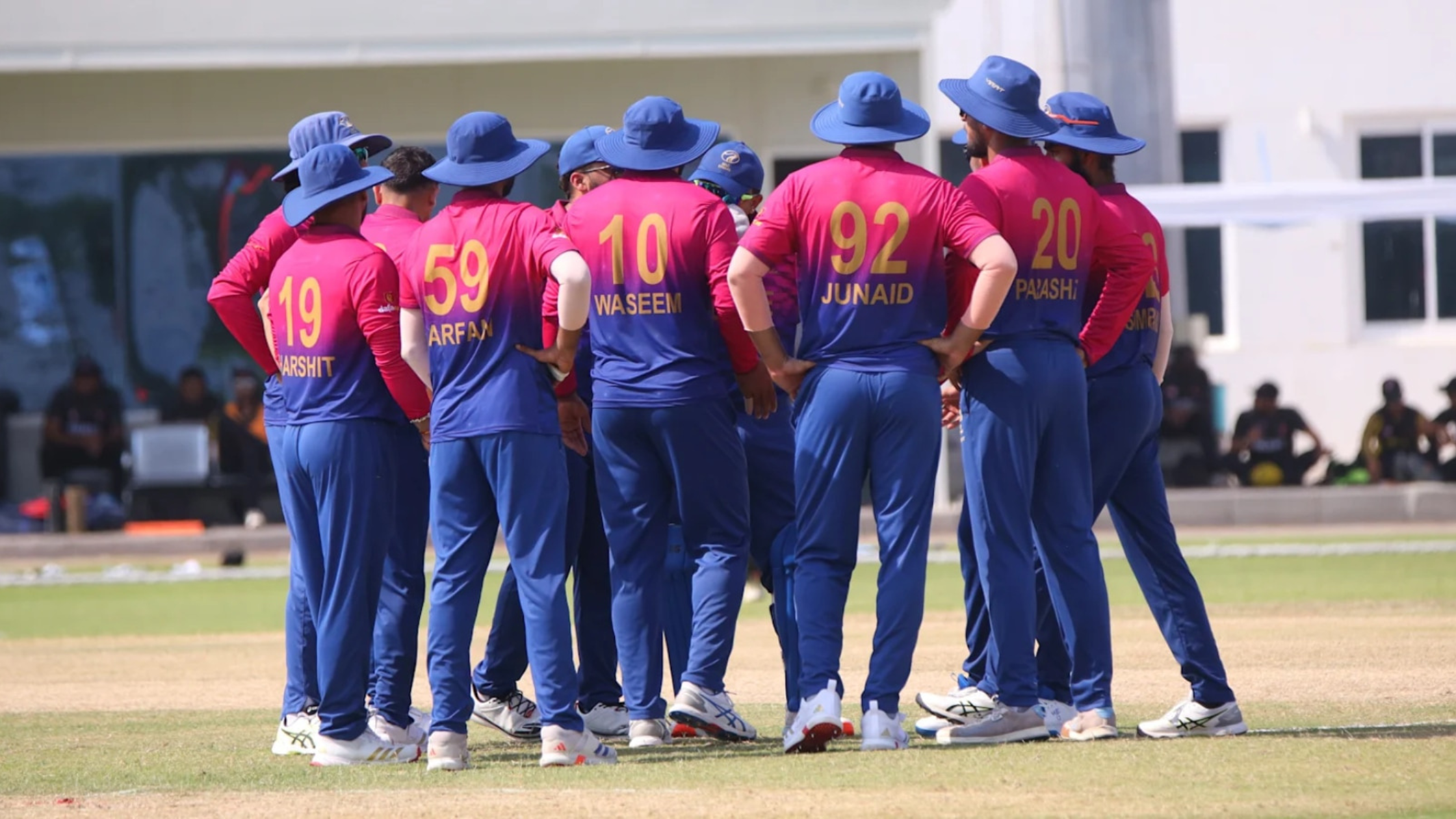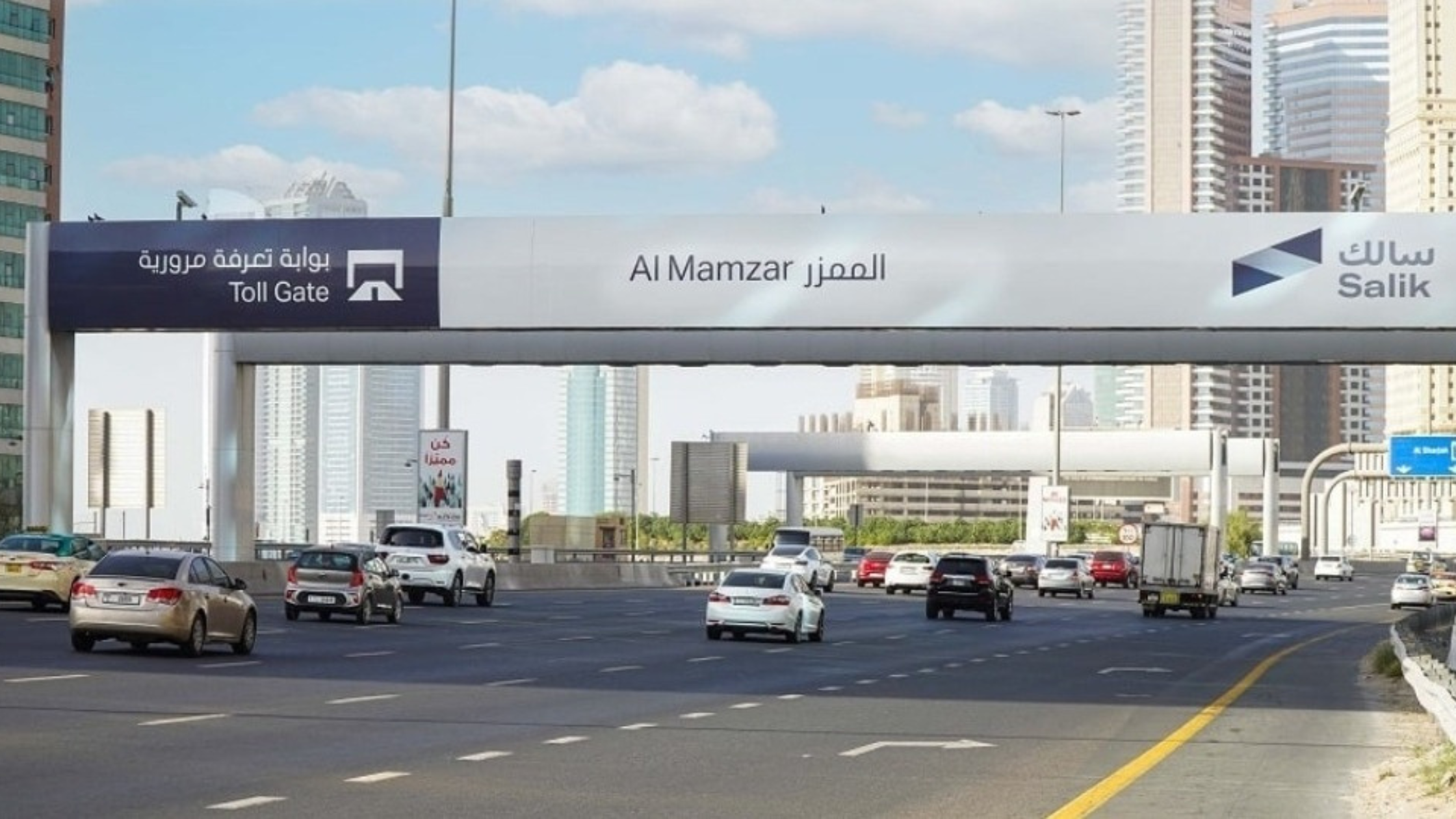Emirates Flight EK382 Delayed by Typhoon Wipha in Hong Kong

On July 20, 2025, Emirates Airlines faced significant disruptions as Typhoon Wipha unleashed chaos across Hong Kong, delaying flight EK382 from Dubai to Hong Kong. The storm, bringing fierce winds and torrential rain, triggered widespread aviation chaos, with over 400 flights cancelled at Hong Kong International Airport. As the city hoisted its highest T10 storm signal, the UAE Consulate issued an urgent safety advisory for Emirati citizens. This article explores the impact of Typhoon Wipha, the response from Emirates Airlines, and the broader effects across the region, offering insights for travelers and residents in the UAE and beyond.
Emirates Flight EK382 Faces Delay Due to Typhoon Wipha
Emirates Airlines confirmed a delay to flight EK382, a key service connecting Dubai International Airport (DXB) to Hong Kong International Airport (HKG), early on Sunday, July 20, 2025. The airline updated its website at 1:38 AM (GMT+4), citing adverse weather conditions caused by Typhoon Wipha as the reason for the disruption. The storm’s fierce winds, exceeding 167 kph (103 mph), and heavy rainfall made safe operations challenging, leading to the delay of this critical route.
The delay was part of a broader wave of aviation disruptions, with Hong Kong International Airport cancelling over 400 flights and affecting approximately 80,000 passengers []. The Airport Authority Hong Kong activated its emergency protocols as the city raised its Signal No. 10 warning—the highest tropical cyclone alert—for the first time since Super Typhoon Saola in 2023. This severe weather event not only impacted Emirates Airlines but also other carriers like Cathay Pacific, which resumed limited outbound services from 6 PM on July 20.
UAE Consulate Issues Safety Advisory
In response to the storm’s intensity, the UAE Consulate in Hong Kong issued a public safety advisory urging all Emirati citizens in the city to adhere to local safety guidelines. The consulate emphasized the importance of staying updated on weather conditions and provided emergency contact numbers: 0097180024 and 0097180044444. Additionally, Emiratis were encouraged to register with the Twajudi service for real-time alerts and assistance, ensuring their safety during this natural disaster. This proactive measure underscores the UAE’s commitment to protecting its citizens abroad during extreme weather events.
Widespread Impact of Typhoon Wipha in Hong Kong
Typhoon Wipha brought significant disruption to Hong Kong, with gale-force winds and torrential rain causing widespread chaos. The Hong Kong Observatory issued the T10 hurricane signal early on July 20, before downgrading it to T8 by 4:10 PM, as the storm moved southwest toward Guangdong province. The observatory noted that intense rainbands continued to affect the Pearl River Estuary, posing ongoing risks.
The storm’s impact was far-reaching:
- Fallen Trees and Flooding: Authorities reported over 450 fallen trees and scattered scaffolding, with flooding in areas like Wong Tai Sin.
- Emergency Shelters: More than 250 people sought refuge in emergency centers, and 21 individuals required medical treatment due to storm-related injuries.
- Public Transport Disruptions: Public transport and rail networks were severely affected, with airports in Hong Kong, Shenzhen, Zhuhai, and Macao suspending daytime flights.
These disruptions highlight the severity of Typhoon Wipha and its impact on daily life in Hong Kong, a major global hub.
Regional Effects of Typhoon Wipha
Typhoon Wipha’s reach extended beyond Hong Kong, affecting Southern China, the Philippines, Vietnam, and South Korea. By 5 PM local time, the storm was located 140 km southwest of Hong Kong, moving toward Guangdong province, where 280,000 people were relocated as a precaution []. Cities like Zhuhai and Zhanjiang braced for impact, with the storm expected to continue westward toward Vietnam.
In the Philippines, Typhoon Wipha intensified monsoon rains, resulting in three deaths, 370,000 displaced individuals, and 43,000 people seeking shelter due to floods and landslides. Over 400 homes were damaged, underscoring the storm’s destructive power. In Vietnam, a tragic incident in Halong Bay saw 38 people lose their lives when a boat capsized amid stormy conditions. The Vietnamese government issued warnings for heavy rainfall in northern provinces like Quang Ninh and Thanh Hoa. Meanwhile, South Korea reported 14 deaths and 12 missing due to severe weather linked to the storm’s broader weather patterns [].
Aviation Chaos Across the Region
The aviation sector bore the brunt of Typhoon Wipha’s wrath. Hong Kong International Airport, a key global hub, saw massive flight cancellations, with 80,000 passengers affected. The Airport Authority Hong Kong activated its emergency center to manage the crisis, while airlines like Cathay Pacific worked to restore services. Other regional airports, including those in Shenzhen, Zhuhai, and Macao, also suspended operations, amplifying the disruption for travelers across Asia.
Emirates Airlines, known for its extensive network and fleet of Airbus A380s and Boeing 777s, faced additional challenges with flight EK382. Reports indicate that earlier in July, the same flight was diverted to Kaohsiung International Airport in Taiwan after two unsuccessful landing attempts in Hong Kong, possibly due to wind conditions or a medical emergency [,]. While Emirates has not officially confirmed the reasons for the July 14 diversion, the airline’s focus on operational safety ensured a safe outcome for passengers.
Hong Kong’s Evolving Storm Protocols
Typhoon Wipha marked the first major storm since Hong Kong’s stock exchange revised its decades-old practice of closing during T8 or higher warnings. This change, prompted by the success of remote work during the COVID-19 pandemic, allowed financial trading to continue uninterrupted, reflecting the city’s adaptability to extreme weather events. The last T10 warning was issued in September 2023 during Super Typhoon Saola, which caused significant flooding, highlighting the importance of robust storm protocols [].
Future Outlook for UAE Travelers
As Typhoon Wipha moves westward, UAE travelers to Asia should remain vigilant. The Dubai-based airline Emirates, the world’s largest operator of Airbus A380s and Boeing 777s, continues to prioritize passenger safety amid challenging conditions []. With plans to expand its Asian network to include destinations like Shenzhen, Da Nang, and Siem Reap in 2025, Emirates Airlines is poised to enhance connectivity despite occasional disruptions [].







